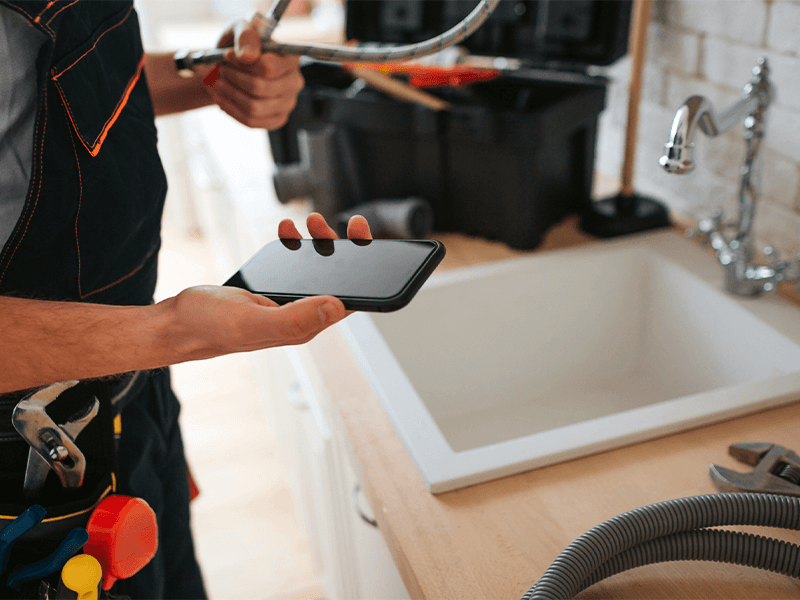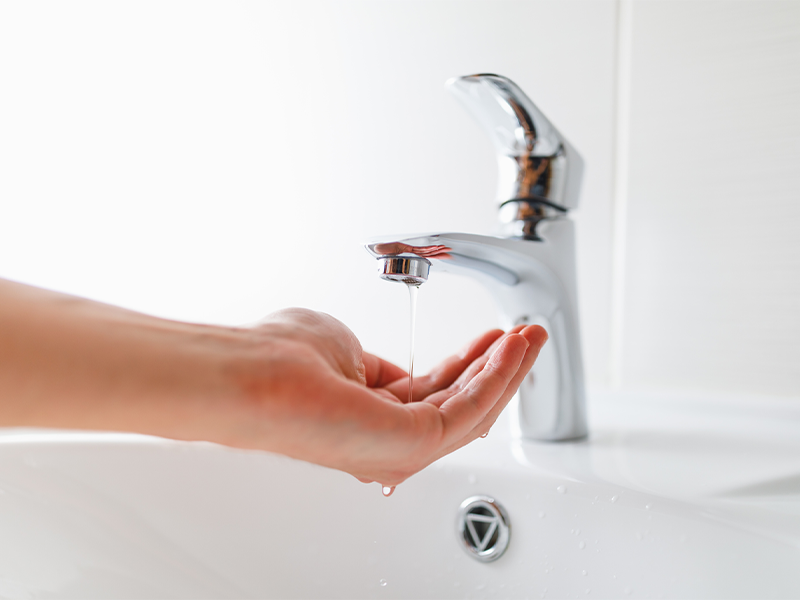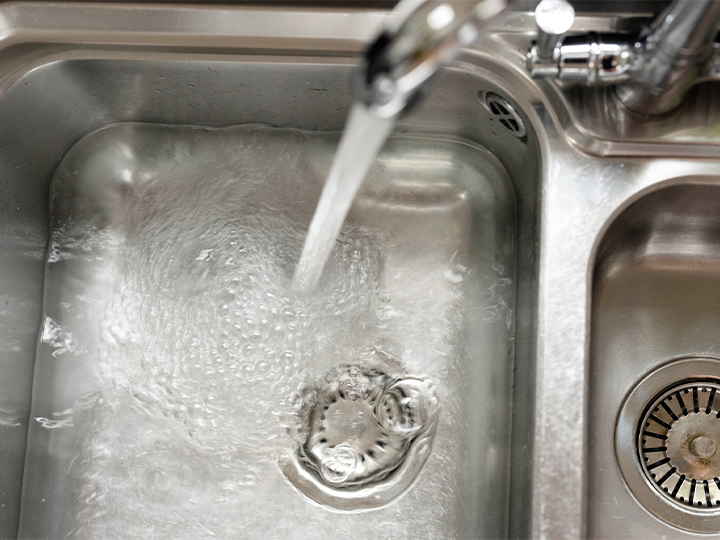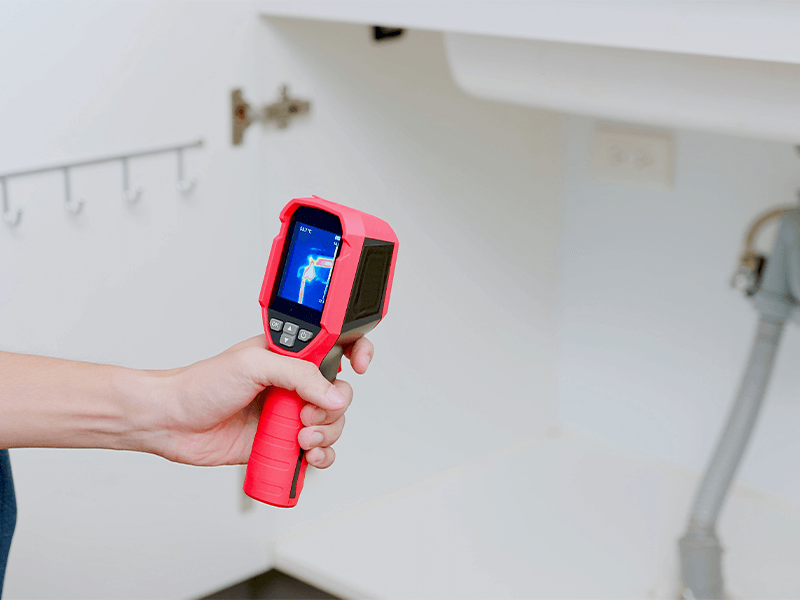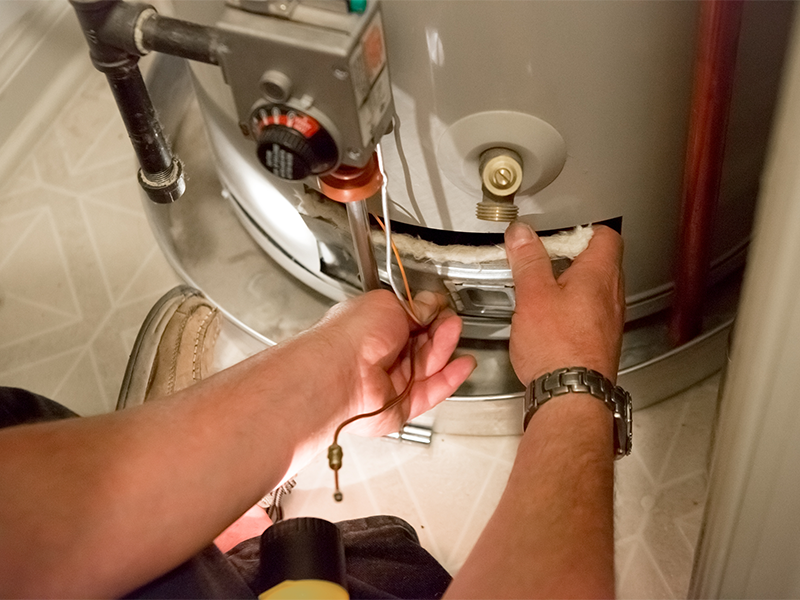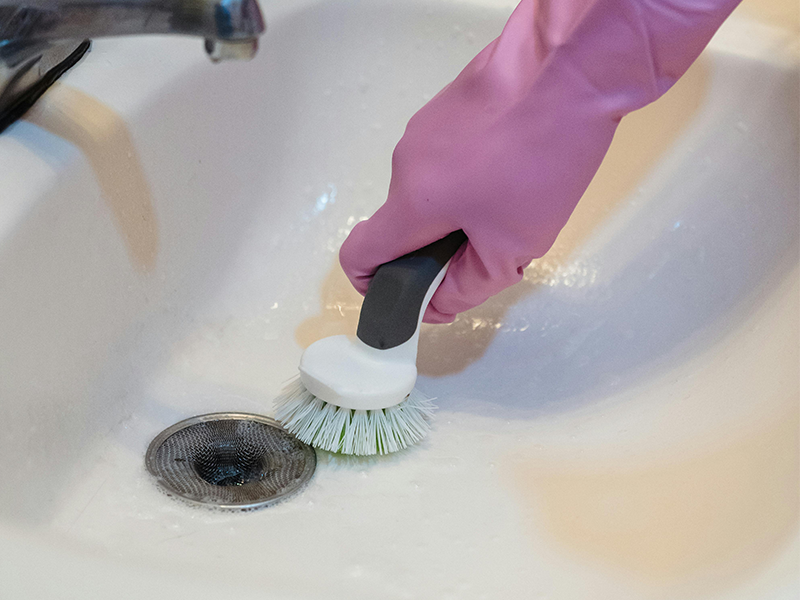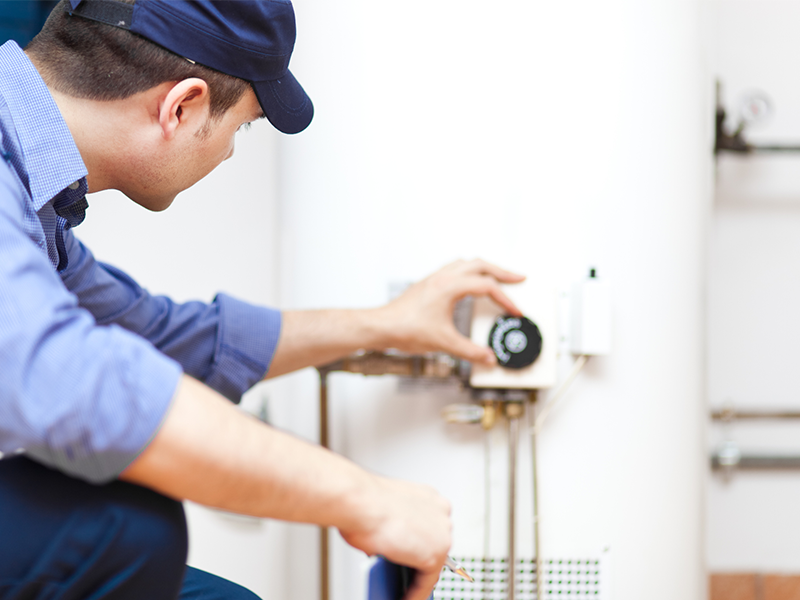Regular plumbing maintenance is crucial for keeping systems efficient and preventing costly repairs, but traditional inspection methods often miss potential issues hidden within pipes. Video inspections, on the other hand, offer a more precise and thorough way to identify problems early on. This technology also allows for preventative measures that can extend the lifespan of plumbing systems and help homeowners save costs.
Understanding Video Inspections
Video inspections use advanced cameras that navigate through plumbing lines, capturing real-time footage of their internal conditions. These images provide detailed insights that help plumbers precisely diagnose issues and avoid unnecessary guesswork.
During the inspection, a flexible rod with a high-resolution camera is inserted into the pipes to show clear visuals of any clogs, fractures, or corroded sections. This method is non-destructive and allows for pinpointing the exact location of plumbing problems.
The captured footage is usually recorded, so both property owners and technicians can review it together. This process encourages informed discussions about necessary repairs and builds trust between the homeowner and the technician.
Video inspections play a critical role in preventative maintenance by detecting potential blockages and wear before they escalate into emergencies. Identifying these issues early enables timely repairs and helps prevent expensive and disruptive plumbing failures.
Benefits of Video Inspections
Video inspections in plumbing are a helpful way to check pipes with minimal disruption. They help plumbers find hidden problems like small leaks or early corrosion, allowing for quick repairs that keep the system working well.
This method makes it easier for plumbers to figure out what’s wrong without guessing. The accuracy of video inspections speeds up the process, so fixes can be made more quickly and effectively.
Using video inspections can save property owners money by catching issues early, preventing bigger damage and costly repairs later on. It’s an important part of regular maintenance to avoid emergencies and the high costs that come with them.
Regular video inspections also improve the reliability of plumbing systems, giving homeowners peace of mind. By dealing with potential problems early, they can keep their plumbing running smoothly for a longer time.
Common Plumbing Issues Detected by Video Inspections
Video inspections quickly show pipe blockages, often caused by debris buildup or tree roots growing into sewer lines. If not fixed, these blockages can turn into major clogs that affect how your plumbing works.
Another issue video inspections detect is pipe corrosion, which can cause leaks, water damage, and health risks if not dealt with early. The video footage helps technicians see even the smallest signs of damage.
Inspections also spot leaks that are often missed until they cause serious damage or raise water bills. The video equipment helps pinpoint exactly where the leak is, making repairs quicker and more accurate.
Finally, video inspections detect structural issues like misaligned pipes, which can happen due to ground shifts or poor installation. Fixing these problems early can forestall more severe complications in your plumbing system.
The Role of Video Inspections in Preventative Maintenance
Video inspections are an important part of keeping plumbing systems in good shape. They help monitor the condition of pipes regularly, allowing for early detection of problems. This can prevent severe damage and save on repair costs.
Technicians using video inspection tools provide a valuable service by spotting subtle changes in pipes that may need attention. This early warning helps property owners avoid unexpected plumbing failures that can disrupt daily life and lead to high expenses.
Video inspections also play a key role in planning maintenance. They provide accurate information that helps schedule repairs and replacements. Using video inspections keeps plumbing systems working well, which promotes efficiency and sustainability.
By including video inspections in routine plumbing checks, professionals help ensure the durability and reliability of the system. This practice helps property owners maintain high safety and performance standards in their plumbing.
Cost-Effectiveness of Video Inspections
Video inspections are a cost-effective option because they avoid the need for traditional inspection methods that are often more invasive and time-consuming. By finding problems early and accurately, this technology helps prevent costly emergency repairs.
Using video inspections can significantly extend the life of plumbing systems. They allow for minor issues to be fixed before they become major problems, which lowers long-term maintenance costs.
Video inspections also improve efficiency. Being able to quickly identify problem areas reduces downtime and prevents loss of productivity. Property owners often appreciate how this less intrusive approach minimizes disruptions to their daily lives and saves money.
Meanwhile, regular video inspections help create a budget-friendly repair schedule. This allows for better financial planning since the precise technology ensures that maintenance efforts focus only on necessary areas, avoiding extra costs.
Choosing a Plumbing Service for Video Inspections
Choosing the right plumbing service for video inspections is important. It ensures that advanced tools and skilled technicians are used. A good provider has experience with complex plumbing systems and offers dependable maintenance solutions.
You should look for a plumbing service that has a proven record of successful preventative maintenance using video inspection technology. This shows they are modern and can provide peace of mind to property owners.
Also, check how transparent the plumbing service is about sharing video inspection results. This shows they value customer education and partnership. A service that welcomes clients to review the inspection footage shows confidence in their work and respects the client’s role in the maintenance process.
Meanwhile, you might want to check for customer reviews and the plumbing service’s reputation in the community. Positive feedback about professionalism, quick response times, and effectiveness in using video inspections to prevent plumbing problems is a sign of a reliable service provider.
Keep Your Plumbing in Peak Condition
When it comes to maintaining the health of your plumbing system, video inspections are an invaluable tool that offers clarity and confidence in preventative maintenance. Precise Plumbing & Drain stands out as a trusted provider of these services, leveraging advanced technology and skilled technicians to ensure your plumbing remains in peak condition.
Our commitment to thorough inspections and proactive solutions not only helps detect issues early but also saves you from costly repairs down the line. With us, you’re guaranteed a reliable and efficient plumbing system for years to come. Contact us today to schedule your video inspection!

